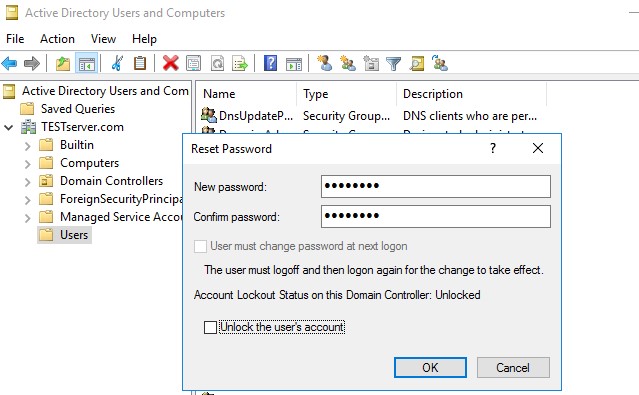Maximize Security and Performance with Advanced AD Management Tools
Maximize Security and Performance with Advanced AD Management Tools
Blog Article
Revolutionize Your AD Administration with These Essential Tools
Managing customers in an Productive Directory (AD) setting is just a critical job for IT administrators, and one of the most frequent procedures is publishing users to the directory. Whether you're onboarding new employees or migrating from another process, an successful and streamlined person active directory management tools for sustaining a wholesome and arranged AD structure. In that step-by-step information, we'll go through the most effective practices for posting people in to Productive Listing, ensuring precision, protection, and efficiency.
Step 1: Make the Person Knowledge
Before posting consumers into AD, it's critical to get ready the mandatory data. That generally contains person titles, e-mail handles, phone numbers, departments, and different appropriate attributes. The very best training is to utilize a structured format, like a CSV (Comma-Separated Values) record, to organize and store the user information. Make certain that each column in the CSV corresponds to an AD feature (e.g., First Title, Last Name, Username, etc.).
Professional Idea: Double-check the info for accuracy. Mistakes only at that point can cause errors through the transfer process and create difficulties down the line.

Step 2: Pick the Right Transfer Strategy
There are many ways to import users in to AD, based on your requirements and accessible resources. For smaller batches, manual import using Active Directory Customers and Pcs (ADUC) might suffice. However, for larger datasets, automation methods like PowerShell programs or third-party methods may save time and lower errors.
PowerShell is one of typically the most popular techniques for publishing users. With its strong scripting functions, you are able to import person data from CSV documents and develop user records in bulk. Furthermore, PowerShell enables you to modify consumer qualities during the transfer process, rendering it perfect for complex environments.
Stage 3: Set Up Organizational Devices (OUs)
Organizational Units (OUs) are used to organize consumers within Active Directory. It's most readily useful practice to make a well-structured OU hierarchy before posting users. This can help streamline administration responsibilities such as for instance group guidelines, entry regulates, and reporting.
When publishing customers, assign them to the appropriate OUs centered on the team, role, or location. That not just maintains your AD prepared but in addition ensures that specific group plans and permissions are used correctly.
Step 4: Transfer the Users
Once the info is ready and OUs are set up, you are able to start the import process. If applying PowerShell, the software will browse the CSV file and build person reports in AD on the basis of the presented attributes. You can include extra possibilities, such as for example placing password guidelines, permitting records, or putting customers to certain groups, depending in your organization's requirements.

Conclusion
Effectively importing people in to Productive Directory involves careful planning, exact knowledge preparation, and the right tools. By subsequent this step-by-step manual, IT administrators may guarantee a smooth and prepared import method, lowering errors, increasing security, and sustaining a clear and structured AD environment. Whether using manual methods or computerized methods, the key to accomplishment lies in planning, affirmation, and continuing management. Report this page